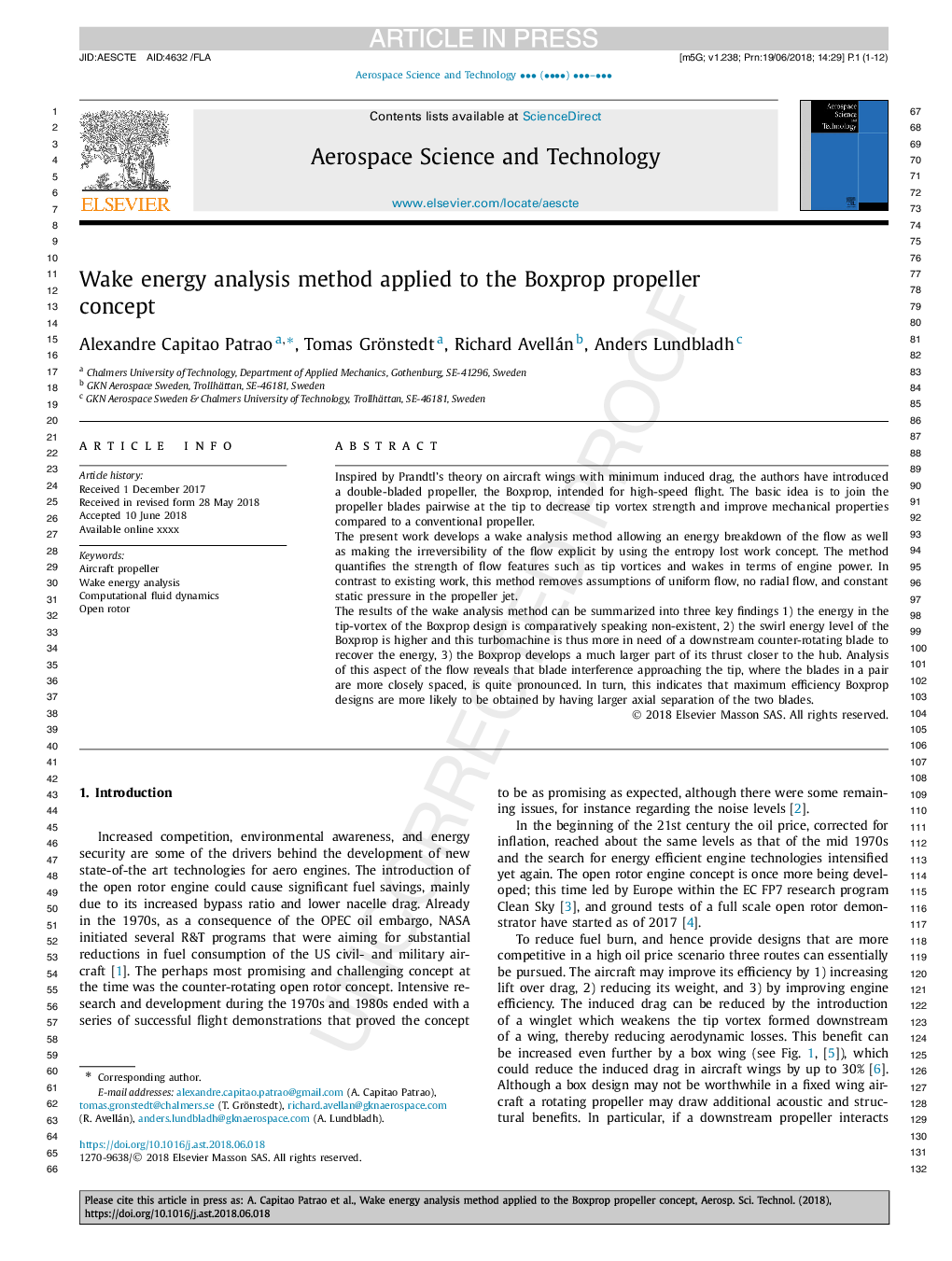| Article ID | Journal | Published Year | Pages | File Type |
|---|---|---|---|---|
| 8057458 | Aerospace Science and Technology | 2018 | 12 Pages |
Abstract
The results of the wake analysis method can be summarized into three key findings 1) the energy in the tip-vortex of the Boxprop design is comparatively speaking non-existent, 2) the swirl energy level of the Boxprop is higher and this turbomachine is thus more in need of a downstream counter-rotating blade to recover the energy, 3) the Boxprop develops a much larger part of its thrust closer to the hub. Analysis of this aspect of the flow reveals that blade interference approaching the tip, where the blades in a pair are more closely spaced, is quite pronounced. In turn, this indicates that maximum efficiency Boxprop designs are more likely to be obtained by having larger axial separation of the two blades.
Keywords
Related Topics
Physical Sciences and Engineering
Engineering
Aerospace Engineering
Authors
Alexandre Capitao Patrao, Tomas Grönstedt, Richard Avellán, Anders Lundbladh,
